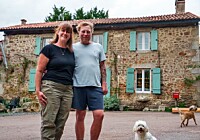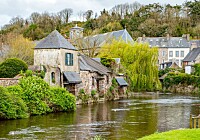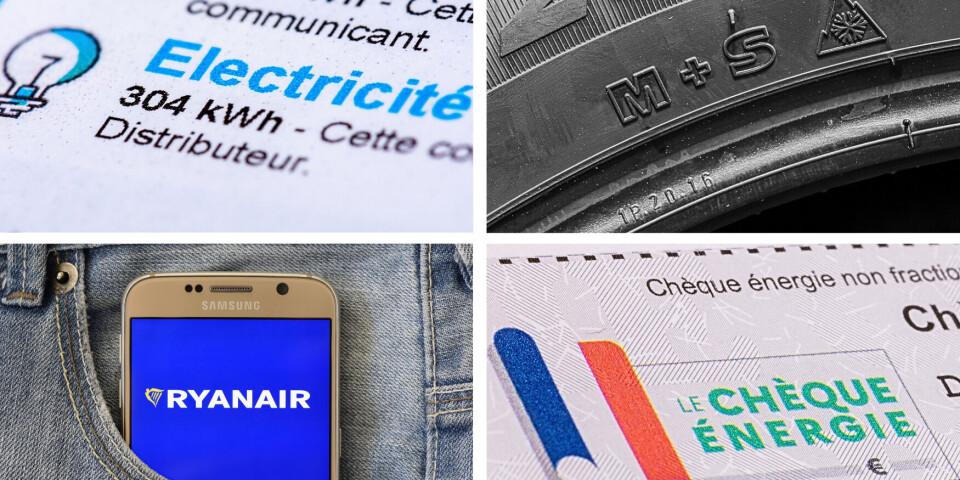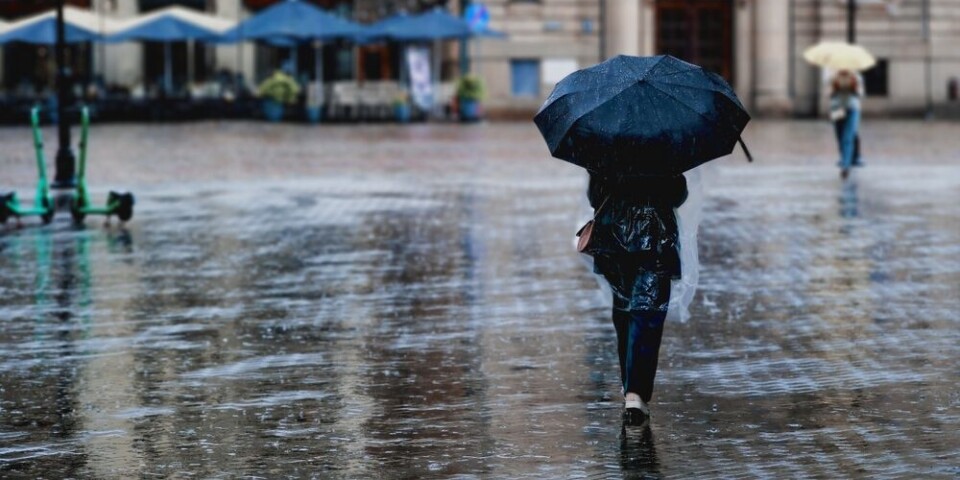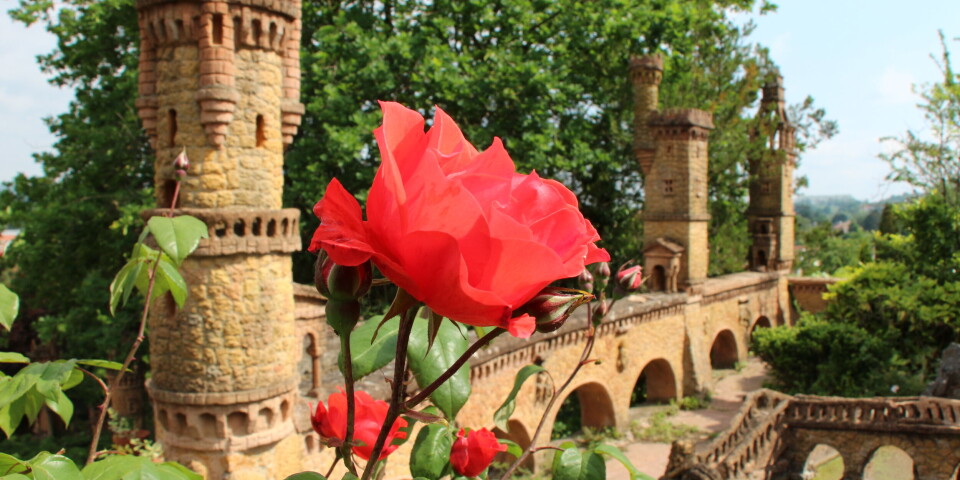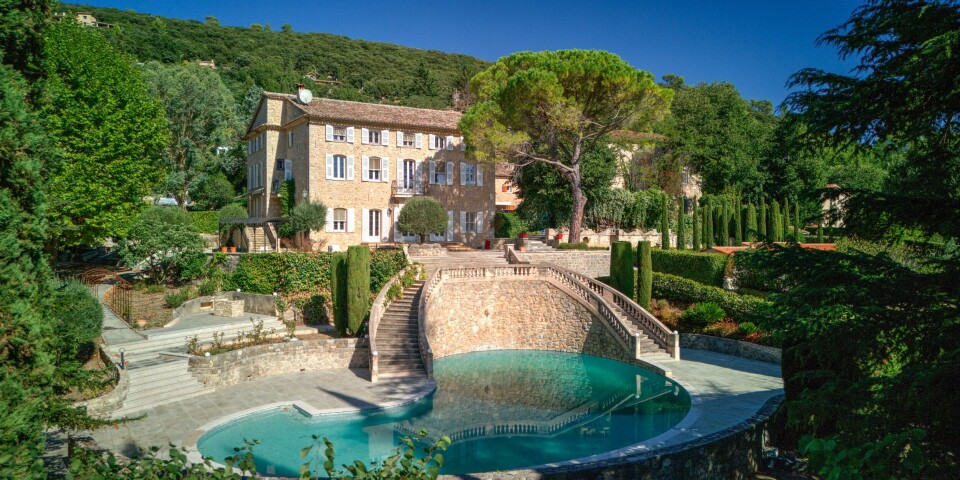Action against mosquitoes already launched in several areas of France
The anti-larvae campaign starts earlier this year due to high humidity
The spraying campaign targets mosquito larvae, which profilerates more in humid weather
Bamgraphy/Shutterstock
Mosquito control campaigns have already started in some parts of France, as temperatures slowly increase ahead of spring.
Water authorities in 30 municipalities in northern Aube and 11 municipalities in southern Marne (Grand Est) carried out a vast mosquito control campaign - largely by helicopter - across 645 hectares of wetland on February 17 and 18 this week, in a bid to prepare for springtime.
The process sprays the bacterium ‘bacillus thuringiensis’ over the area. This kills mosquito larvae.
Larvae begin to appear at the end of December every year, and proliferate until the beginning of March, said Aimé Mounier, an engineer in charge of managing mosquito populations and natural areas at the Syndicat des eaux de l'Aube (SDDEA), in an interview with Le Parisien.
The bacterium used does not affect the rest of the wild flora and fauna, but specifically targets the larvae. “We act at the moment when the larva is most likely to consume the product that we put into the environment,” Mr Mounier added.
Campaign early this year
The annual campaign started earlier this year (last year it took place at the beginning of March) because of the slightly milder weather and high humidity in 2024. Humidity helps mosquitoes to develop more quickly.
“We are working with living organisms, which means we have to adapt to their development, which can be earlier when winters are mild, and later if the winter is very cold,” said Mr Mounier.
With global warming, it is likely that treatment processes will happen earlier and earlier in the year, he added.
The process is considered to be highly effective.
“Last year more than 75% of the breeding sites that we inspected again responded favourably to the treatment,” said Mr Mounier. This helps significantly reduce problems come spring.
The areas in Aude and Marne are particularly susceptible to mosquitoes, he said, as they have a cold but humid climate in winter, and large wetland areas.
“We are at the bottom of a valley [with] fairly slow water flow, particularly in the undergrowth and around tributaries,” said Mr Mounier. “These are environments that are very conducive to the proliferation of larvae when the water begins to recede and there are no longer any predators.”
Aggressive local species
The hope is that this year, the treatment will have a marked reduction of an “extremely aggressive local species. Called Aedes Sticticus, “it has caused many problems, especially in the Aube valley”, said Mr Mounier.
It lays eggs and develops larvae at an extremely fast rate (72 hours), which means that their numbers can be very difficult to reduce. However, the goal - even with this species - is not total eradication, as the males play an important role in pollination, and feed on flower nectar.
In contrast, another aggressive species, the tiger mosquito (Aedes Albopictus) - which is increasing in number across France, especially the warmer south - is not considered to have ‘colonised’ Aube or Marne (although it has been spotted there), says the regional health authority l’Agence Régionale de Santé.
Read also: Tiger mosquitoes now in Normandy, last region of France to escape them
Read more: Tiger mosquitoes: How you can help stop their spread in France
Read also: Latest on tiger mosquitoes in France: where, what risk and what to do
The insect is native to Southeast Asia and a vector of numerous tropical and severe diseases, including dengue, chikungunya, and zika.
Read also: France warns of increased risk of dengue fever from tiger mosquitoes
Read also: Tiger mosquitoes: new case of native dengue fever confirmed in France
Yet, tiger mosquitoes are becoming an increasingly-common sight in much of France in the summer, and have already been spotted this year in Tinqueux, in the greater Reims area.


